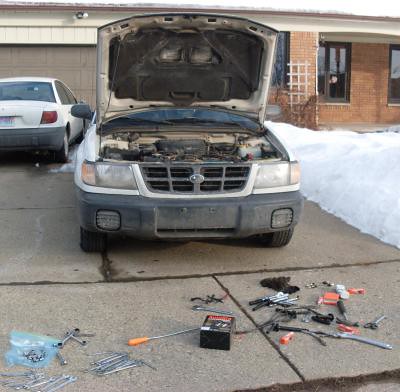
I changed the plugs and wires on this 1999 Subaru Forester. These are the tools i needed for this delicate job. Yes, that's a hammer next to the very long scissors on the right. The box in the middle had the new wires. The new wires are now on the car. The old wires are to the right of the box. The new spark plug boxes are red, and are to the upper right by the white phone. The bright orange handle belongs to my newest favorite tool. It's got a flexible shaft, and a very strong magnet at the end. My previous big job, changing the battery in my 2000 Saturn (pictured to the left), netted me some very expensive metric ratchets. One ratchet covers 8, 9, 10 and 12 mm bolts. And it came in handy for this job on the battery and the windshield washer reservoir. Very slick. I have an engineering degree. I would not have signed off on this design. These are spark plugs.
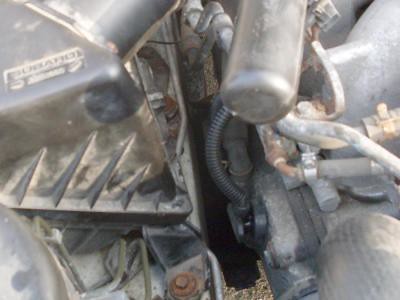
This is the passenger side of the engine. The thing with the robot arm is a spark plug wire. There are two on each side. So the other one on this side is behind, and difficult to spot. And they come directly out of the side of the engine. In fact, this 4 cylinder engine has the cylinders horizontal, facing away from each other. I'd call it a "flat four". It sounds good, but nobody seems to know if it's a real name or not.
It's hard to see in the picture, but the robot arm ends in this big black knob. If you pull on the knob, this long tube thing comes out of the engine. It's flexible and comes right out. It's maybe 6 or 7 inches long. No plug. Where's the spark plug? There's no room to put anything else into the hole.
That thing to the left marked "Subaru" is the air filter. To get at the plugs on this side, you have to remove the air filter. No problem. Two clips and it's off. Well, the cover is off. You remove the filter, which is brand new. Then you can see the two bolts that hold it down. I used a socket wrench and the 3/8" socket. Why it has an English bolt is pretty much beyond me. Most everything else is metric. Pop these two bolts out, and the whole air filter is out. Then you can get at the plugs, right?
So you put your 3/8" spark plug socket into the hole... where it disappears forever. You can't get your finger into the hole to get it out. So you run to the internet for instructions. You discover that you need some long needle nose pliers with a bend, you need a strong magnet on a stick, you need a 3" socket extender (have one), you need a 1 1/2" socket extender (never heard of one), you need a ratchet wrench that has a hinge by the head so it can flop around, and so on. The guys at the auto parts stores have never heard of a 1 1/2" socket extender. So you go to a dedicated tool store, and pick up a set of extenders, that happens to include one. It also has a 3". It turns out you need two 3" extenders and the 1 1/2" extender. The magnet on the flexible arm has the bright orange handle. Very cool. Dropped tools and bolts can be fished out without having to duck under the car, and without having to see where they fell. Even the heaviest of tools can be picked up off the driveway without bending over. The bright orange handle is hard to miss in the clutter of the engine. Amazing. I'll be using it again.
So, you fish out the socket. When it's most of the way into the hole, you add a 3" extender to it. You fish that most of the way into the hole and add the 1 1/2" extender. You fish that almost all the way into the hole and add your new flexible ratchet wrench. And you feel the socket latch onto something. You assume it's a spark plug, and unscrew it. It comes out. And you disassemble the train of extenders and stuff as you remove it. Use the nifty magnet to pull out a spark plug if you need to.
The driver's side plugs required that you first remove the battery and the windshield washer reservoir. The batter is two small corroded bolts on the hold down clamp, and each terminal had a bolt to remove. The plus (+) side has so much corrosion that you wonder why it still works. But there's a bolt a bit away that's easy to remove, and disconnects everything. And the windshiled washer reservoir comes off with two easy bolts. Don't have to disconnect the tubes and wires, just set it out of the way. Then the two spark plugs come out as before, only you use a second 3" extender instead of the 1 1/2". It has to do with how much room you have.
It may be hard to see, but there's a hammer, and a large pair of scissors. I used them both. The robot cover on the new spark plug wires was longer than the original, and needed to be cut. The hammer was needed for some chiseling near one of the battery terminals to see the nut that you don't need to remove. That's corrosion you're chiseling.
The car has 173,000 miles, and belongs to my wife. The plugs were not corroded. They were not fouled with oil. They were not covered in carbon. They were just worn down. Instead of a 0.045 gap, they had twice that. The center stub was nearly gone. Every evidence is that they'd never been changed before. The car was running rough, especially at highway speed, and now purrs like a kitten. Well, a kitten that can cruise at 70 MPH down the highway for hours.
My wife's mechanic quoted $383. $93 of that was plugs and wires. The plugs and wires i bought totaled $41. I also bought $10 of transmission fluid. So, we saved about $330. Or we would have, except that the plugs were very difficult to get to, and i end up buying $50 in tools. Now the mechanic's quote also included a fuel filter and a pcv valve, and of course, labor for all of the above. The car didn't turn out to need a fuel filter or pcv, so those expenses were not required.
It was roughly five hours of labor, including trips to stores, internet searches and such. It was 22 degrees out when i started, and 30 degrees when i finished. The weather was clear, except that as i finished, it started snowing. Was it worth it? I think it was. And not just for the sense of accomplishment. And not just for the savings. The savings were around $300. And for five hours of work, that's $60 per hour - tax free. But one of the things you don't get when you have the mechanic work on it is what the diagnosis was. It might have been the PCV or the fuel filter, and you'll never know. All you know is all this stuff got replaced, and it works now. You've no idea which part, if any, did it. It was, in fact, the 2nd spark plug. That's the one for cylinder number 3. And the plugs themselves don't show this. They're all very similar. So you'd want to replace them all at the same time, because this job would just come up for each of the others in turn real soon. And you replace the wires because you already bought them, and it was such a pain to get at them, you might as well do it. And, these wires have an active component. Right down there where they connect to the spark plug is a coil. That's right, a coil right on the spark plug wire. Never heard of such a thing. I'd be fascinated to learn what problem it solves.
 But, i'm willing to bet that you won't use it. Here's how it works. Here in Michigan, the speed limit is 70 MPH (112 KPH). It's legal to drive at 62 MPH (100 KPH), but what people do is drive 75 or 80 (120 to 130 KPH), risking a speeding ticket. But i drive at 62 MPH. That's because there's a handy 100 KPH marking on my speedometer pointing straight up. And, my measurements show that the difference in fuel economy between driving at 70 MPH and 62 MPH is 17%. I ran these tests on four very different cars.
But, i'm willing to bet that you won't use it. Here's how it works. Here in Michigan, the speed limit is 70 MPH (112 KPH). It's legal to drive at 62 MPH (100 KPH), but what people do is drive 75 or 80 (120 to 130 KPH), risking a speeding ticket. But i drive at 62 MPH. That's because there's a handy 100 KPH marking on my speedometer pointing straight up. And, my measurements show that the difference in fuel economy between driving at 70 MPH and 62 MPH is 17%. I ran these tests on four very different cars. The other day, the phone rang. It was a sales call. I call it phone spam.
The other day, the phone rang. It was a sales call. I call it phone spam.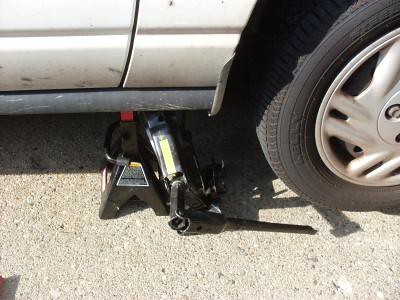 I thought i'd mentioned it in a previous post here, but can't find it. When jacking up the car to do maintenance, i always put something under the car, so that if the car falls off the jack, it's easier to jack it back up, and, by the way, nothing under the car get crushed. I'm thinking of myself, for example.
I thought i'd mentioned it in a previous post here, but can't find it. When jacking up the car to do maintenance, i always put something under the car, so that if the car falls off the jack, it's easier to jack it back up, and, by the way, nothing under the car get crushed. I'm thinking of myself, for example.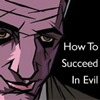 But the best is yet to come. You really have to check out
But the best is yet to come. You really have to check out  The kite circled the tree once, then landed in it. Apparently, it didn't see the Blue bird. Apparently, being bright blue doesn't mean that you get eaten whenever a hungry kite comes by. The Bluebird didn't move. After a bit, the kite took to the air and decided to hunt for something on the ground. This was done by flying to what appeared to be an arbitrary spot to hover. And by hover, i mean that it appeared that it's head was somehow locked in an invisible vice maybe 40 feet in the air. The wings moved, other things moved, but the head did not. You could point the scope at the head. The tripod didn't move, and neither did the head. And after a bit, the kite would suddenly make a dramatic turn, and maybe 50 feet over, it would lock it's head there. What a show. Magnificent. After maybe twenty minutes, the kite went over the field, harassed a flock of Starlings, then flew back up and over the mountain.
The kite circled the tree once, then landed in it. Apparently, it didn't see the Blue bird. Apparently, being bright blue doesn't mean that you get eaten whenever a hungry kite comes by. The Bluebird didn't move. After a bit, the kite took to the air and decided to hunt for something on the ground. This was done by flying to what appeared to be an arbitrary spot to hover. And by hover, i mean that it appeared that it's head was somehow locked in an invisible vice maybe 40 feet in the air. The wings moved, other things moved, but the head did not. You could point the scope at the head. The tripod didn't move, and neither did the head. And after a bit, the kite would suddenly make a dramatic turn, and maybe 50 feet over, it would lock it's head there. What a show. Magnificent. After maybe twenty minutes, the kite went over the field, harassed a flock of Starlings, then flew back up and over the mountain.
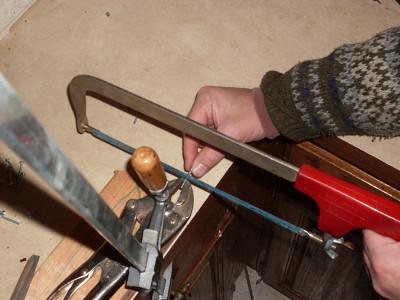

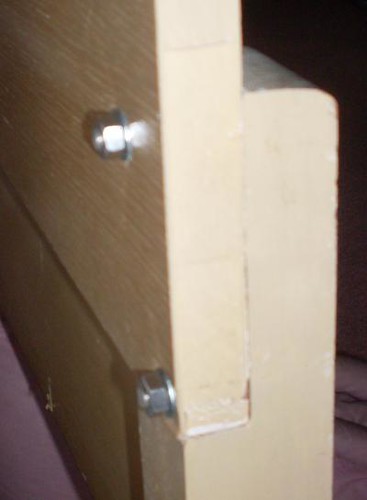

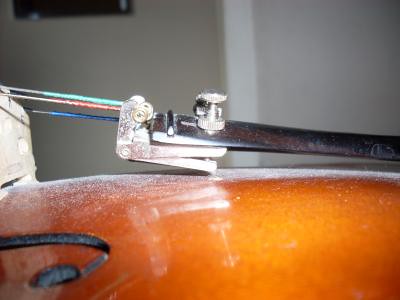
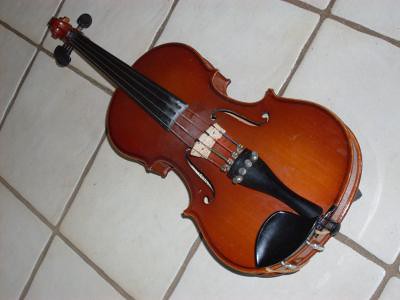
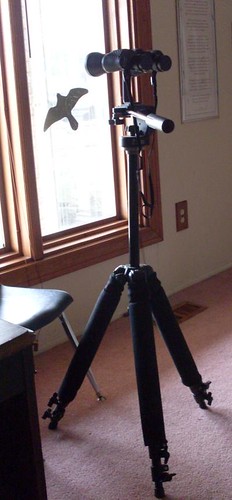
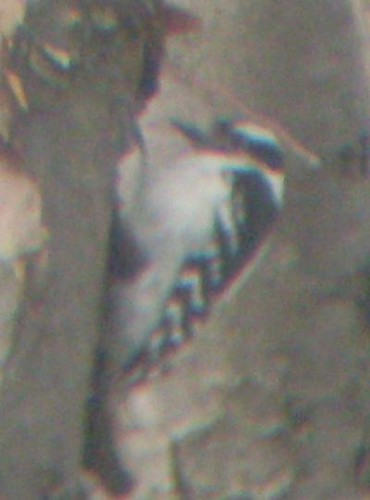
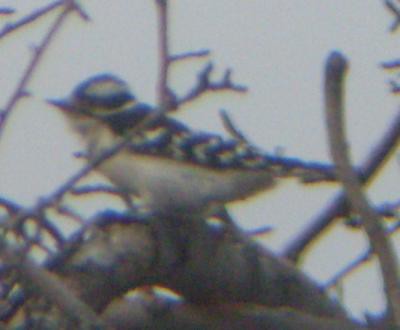


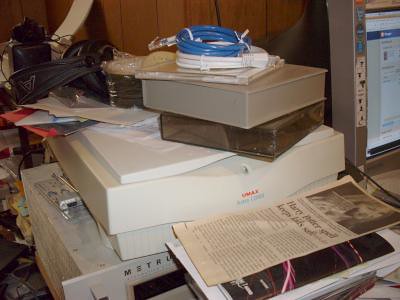


 I was going to join the Entire World Procrastinator's Society (EWPS - pronounced "oops"), but haven't gotten around to it.
I was going to join the Entire World Procrastinator's Society (EWPS - pronounced "oops"), but haven't gotten around to it.


